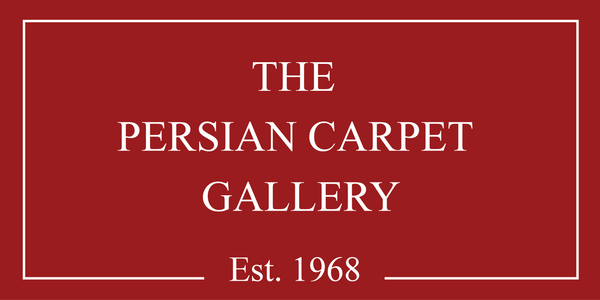Silk Carpet with Cloud-Bands - In the Österreichisches Museum für angewandte Kunst in Vienna
Silk Carpet with Cloud-Bands: A Masterpiece of Persian Weaving
Origin and Historical Significance
This extraordinary silk carpet with cloud-band motifs originates from Central Persia and dates back to the early 17th century, a period renowned for its flourishing textile artistry. This exquisite piece is part of the collection at the Österreichisches Museum für angewandte Kunst in Vienna, reflecting the grandeur and refinement of Persian craftsmanship during the Safavid era.
Dimensions and Craftsmanship
- Size: 214 x 141 cm (84 x 96 in.)
- Knot Density: Approximately 300,000 Persian knots per square meter (194 knots per square inch)
-
Materials:
- Warp & Weft: Silk
- Pile: Pure silk, embellished with silver and gilt thread embroidery
A 'Polonaise' Masterpiece from Isfahan or Kashan
This stunning carpet belongs to the famed ‘Polonaise’ type, a category of Persian silk carpets woven primarily in Isfahan and Kashan. These luxurious rugs, often commissioned for European nobility, are admired for their opulent silk textures and intricate patterns.
Unique Design Elements
The design of this masterpiece is a remarkable display of Persian artistic ingenuity. The field is dominated by wide, flowing cloud-bands that elegantly enclose large, ornate arabesques. These dynamic patterns are further enriched with a floral array of varying sizes, creating a breathtaking visual harmony.
The border of this carpet is particularly distinctive. Unlike the traditional Persian motifs featuring floral or arabesque patterns, this piece features a wide brown band meandering gracefully over a lush green background. This unique combination adds an unconventional and striking aesthetic, setting it apart from other Safavid-period carpets.
A Testament to Persian Weaving Excellence
With its unparalleled craftsmanship, intricate knotting, silk embroidery, and regal design, this 17th-century Persian silk carpet stands as a testament to the artistic legacy of Persia’s greatest weaving centers. Whether viewed as a historical artifact or an artistic marvel, it continues to inspire admiration from collectors, historians, and connoisseurs alike.

